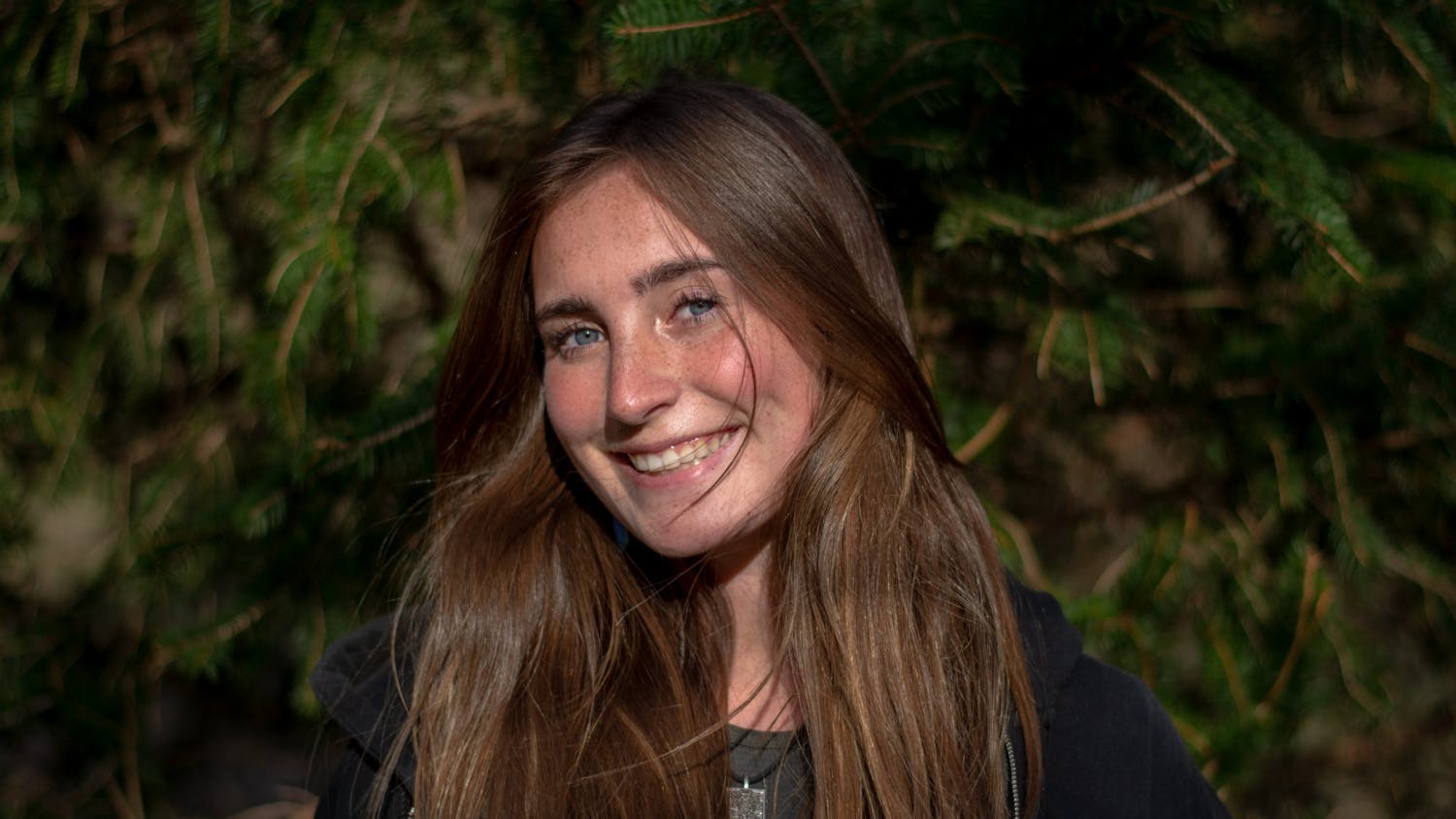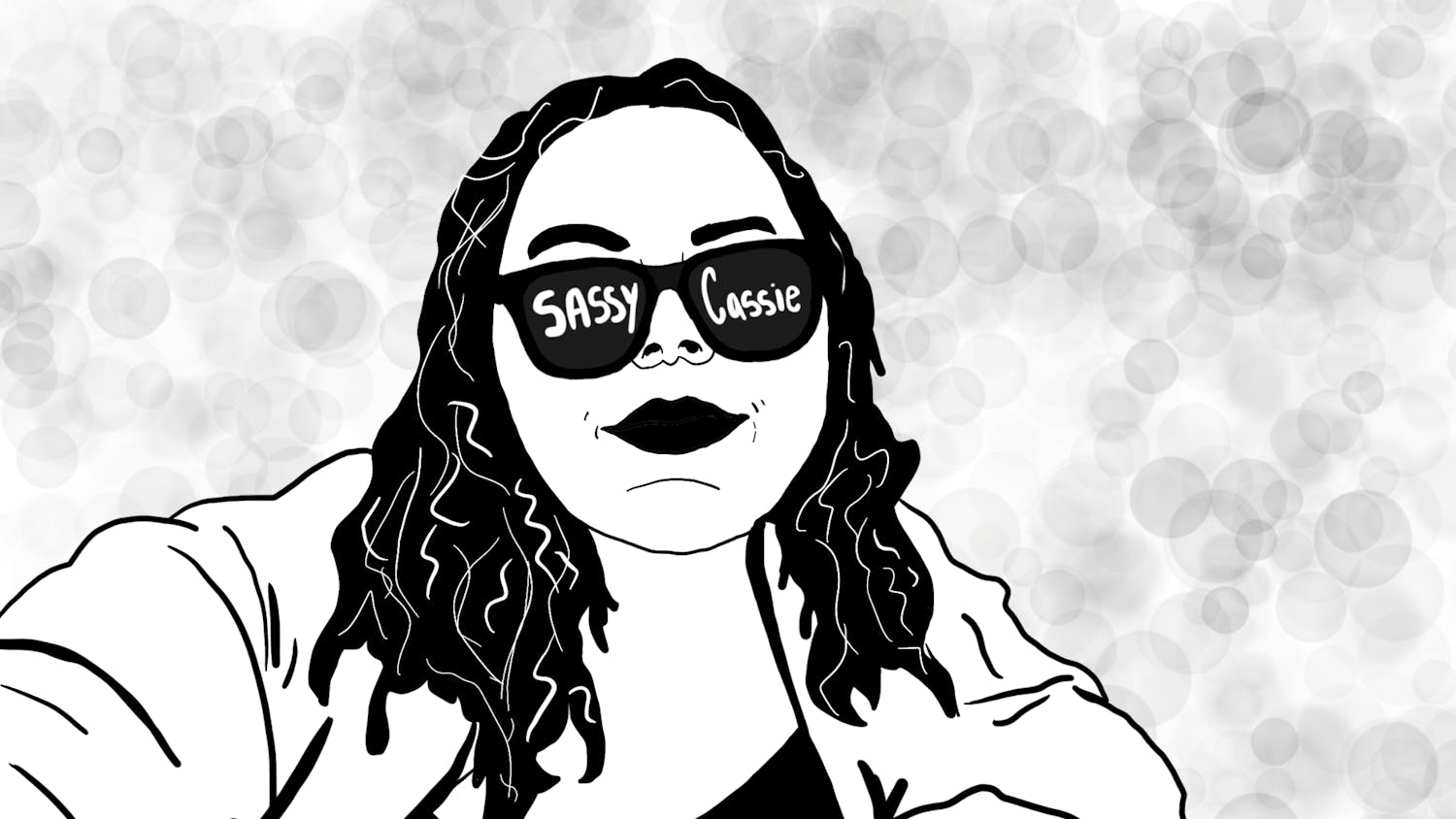The classic film "Blade Runner" turns 40 this year. The film's style—drawing inspiration from Métal Hurlant, classic noir and "Metropolis" —has inspired films and games alike.
The film follows Rick Deckard, a gun for hire after he is commissioned to hunt down and kill rogue androids called replicants. Deckard is pulled in to do one last case, as he hunts a rogue band of replicants led by Roy Batty.
The dystopian feature follows Deckard as he dispatches the replicants and develops a bond with a replicant named Rachel. The chemistry between the characters forms through a series of intrusive and often violent scenes.
This is a key flaw of the original film since Rachel is one of the few women given any depth. Only for scenes to remind the audience of her necessity to the plot as a femme fatale.
The femme fatale has taken on several forms; they are often women who pull men towards disaster. Often these are seductive women who attempt to get a foothold in the narrative and face violent repercussions.
Rachel's interest in her past and Deckard leads to violent confrontations. However, she also imparts some empathy on Deckard before leaving.
The way the film treats Rachel's character detracts from its overall purpose to discuss what defines humanity. Instead, she is used as a well-worn trope of noir fiction to help the man of the narrative reach some goal.
The sequel, "Blade Runner 2049," takes place 30 years after the original film. It follows a new Blade Runner, Officer K, who slowly develops emotions during the film. His love interest is the home A.I., Joi, who acts as his partner throughout the film.
Though Joi is a program, the role of her character in the film is to not reduce to K's interests. Instead, she acts independently of him and her attraction, though programmed, is genuine.
This culminates in the most visually striking scene of the film, as Joi hires a body double named Mariette to stand in her place as she projects on to their body. The result is a push-and-pull conversation between the two as they navigate their way around K.
Accomplished through filming the scene twice, then digitally composing one actor over the other, the result is one of the most unique sex scenes put to film. It is artistic in its creation and visually striking.
Narratively, the scene has several forms of tension. There is K and Joi's love for one another, which is a romance that can't be reciprocated except through a surrogate. Thus, they invite Mariette, who has been attempting to get close to K for an ulterior motive.
In this way, "Blade Runner 2049" maintains a complexity of original femme fatale while adding layers of consent and romance to the scene. The film uses the speculative element to discuss this more complex issue and pose ways that noire can engage with tropes.
Benjamin Ervin is a senior studying English literature and writing at Ohio University. Please note that the views and opinions of the columnists do not reflect those of The Post. Want to talk more about it? Let Benjamin know by emailing him be425014@ohio.edu.






